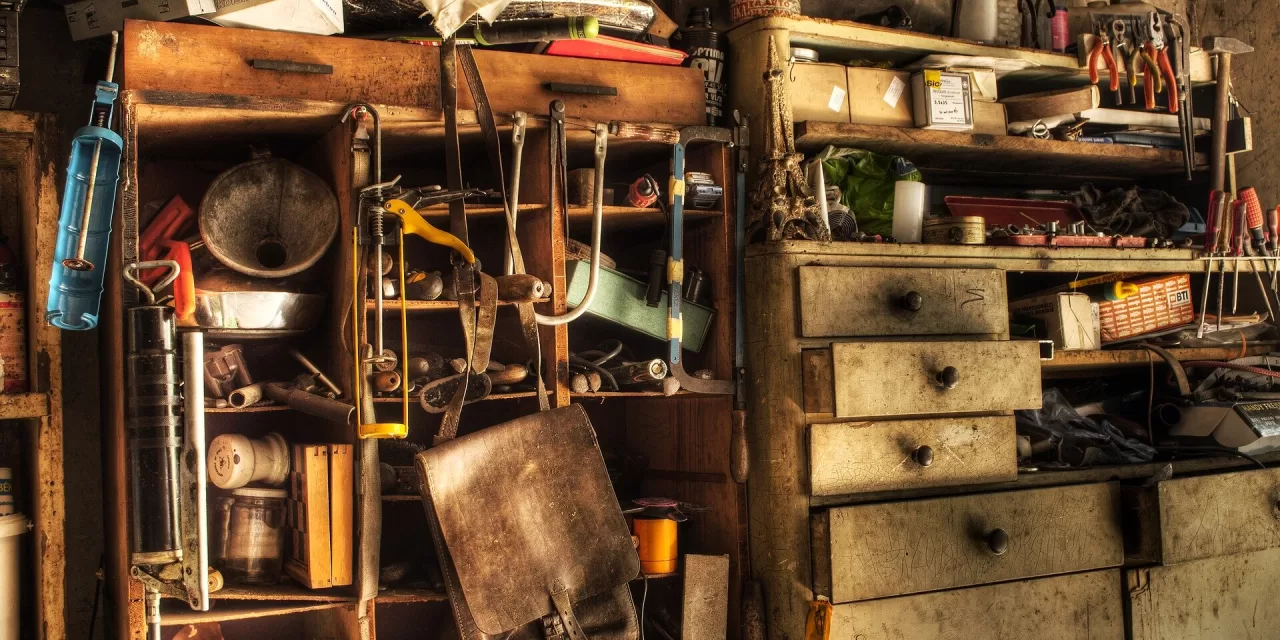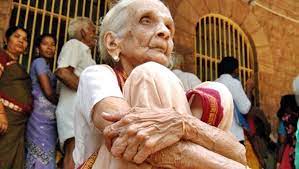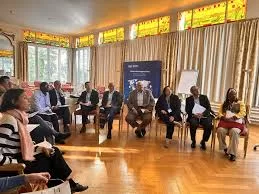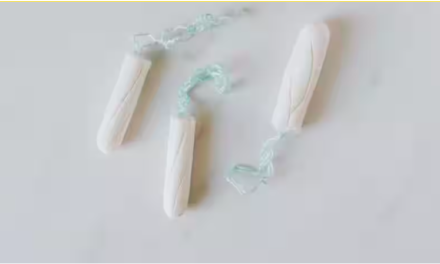Decluttering can be an emotionally charged process, filled with difficult decisions and nostalgia. The challenge of sorting through personal belongings, especially those with sentimental value, can make it hard to let go. However, understanding how personal values influence these decisions may make the process easier and even rewarding.
Understanding the Emotional Connection to Clutter
A recent study highlights the complex emotions involved in decluttering. Many people struggle to part with items not just because of distress, but because of an intrinsic sense of responsibility. Whether it’s a family heirloom, a gifted item, or something perceived as useful, the hesitation to discard stems from deeply rooted personal values.
Hoarding disorder, a psychiatric condition defined by excessive accumulation and an inability to discard possessions, sheds light on this phenomenon. While severe hoarding can lead to significant impairment in daily life, many individuals who do not meet clinical criteria for the disorder still find it challenging to declutter. Research suggests that as people age, their attachment to objects often strengthens, influenced by changes in decision-making abilities and personal values.
The Role of Altruism in Decluttering Decisions
A recent study involving adults over 50 with hoarding disorder found that many participants exhibited high levels of altruism. This suggests that, for some, holding onto objects is not about fear or indecision, but rather a desire to ensure that items are properly valued and find a meaningful purpose elsewhere. Common sentiments include, “I need it to go to a good home” or “This belonged to my grandmother, and I want to honor her memory.”
A Values-Based Approach to Decluttering
Researchers have explored using motivational interviewing techniques to help individuals make decluttering decisions based on their values. In a study conducted in 2024, clinicians visited older adults’ homes weekly, guiding them through a process that emphasized aligning possessions with personal values. The results showed a reduction in household clutter and an increase in positive emotions, suggesting that this approach could be effective for people of all ages.
Instead of focusing solely on whether an item “sparks joy,” experts recommend considering its alignment with long-term goals and core values. For example, someone who values utility and helpfulness might donate a sentimental dress so that someone else can benefit from it. Conversely, a person who prioritizes family traditions might choose to keep it.
Practical Tips for Decluttering
- Identify Your Core Values: Consider what matters most to you—family, creativity, health, tradition—and use these values to guide decluttering decisions.
- Define Your Goals: Determine what you want to achieve with your space, whether it’s creating a more functional home or making room for new experiences.
- Acknowledge Conflicting Values: When torn between keeping or discarding something, reflect on how each choice aligns with your long-term goals.
- Adopt a Nonjudgmental Approach: If helping a loved one declutter, respect their perspective and the sentimental value they place on certain objects.
For more resources on hoarding disorder and decluttering strategies, visit the International OCD Foundation website.
Disclaimer
This article is for informational purposes only and does not constitute medical or psychological advice. If you or someone you know is struggling with hoarding behaviors that interfere with daily life, seek professional help from a licensed mental health provider.











